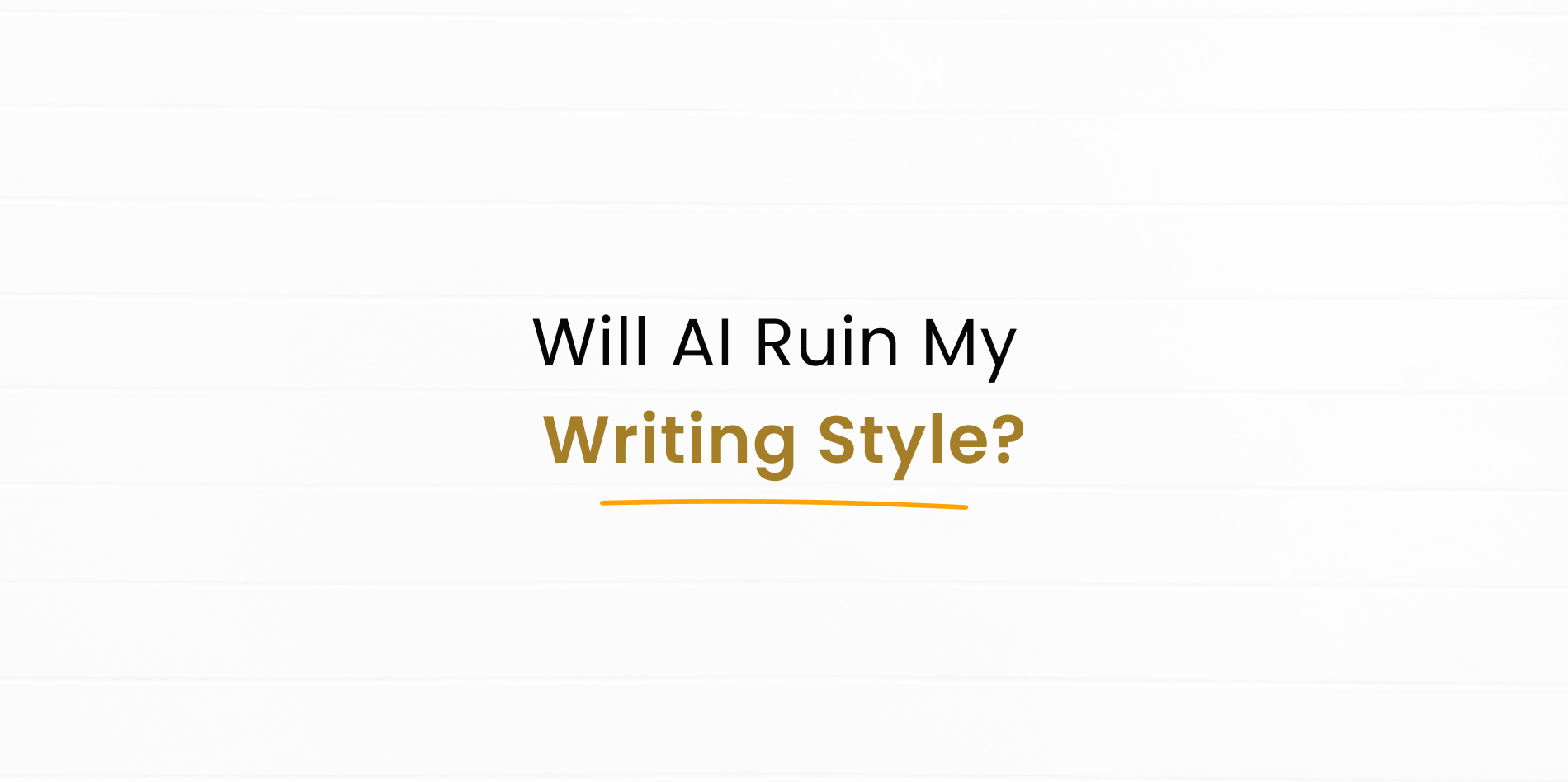AI writing tools are now common in schools, universities, and professional spaces. They help draft essays, summarize research, or polish grammar instantly. But many writers wonder: Can AI change or ruin your writing style? This concern, often called the AI writing style debate, explores whether relying on AI threatens originality or simply enhances productivity.
With KreativeSpace tools like the Paraphraser, Grammar Checker, and AI Humanizer, students can use AI responsibly without losing their authentic voice.
What Is AI Writing Style?
The term AI writing style refers to the distinct patterns AI generates when creating text. AI is trained on massive datasets, which allows it to mimic many writing voices. However, its results often share certain traits: clarity, formality, and predictability.
Writers sometimes worry that frequent reliance on AI could make their personal style fade. Instead of unique phrasing, their work might sound generic, polished, but lacking originality.
Inline image alt text: Screenshot of an AI writing tool showing auto-generated sentences compared to a student’s draft.
AI and Writing: Helpful or Harmful?
When considering AI and writing, there are both benefits and risks.
Benefits
- Efficiency – AI drafts quickly, saving time.
- Error reduction – grammar and spelling corrections improve clarity.
- Learning aid – students can study how AI structures content.
- Accessibility – helps non-native speakers write smoothly.
Risks
- Overreliance – using AI for every draft weakens personal voice.
- Generic tone – outputs may lack emotional depth.
- Inconsistency – AI cannot fully grasp cultural or personal nuance.
According to Harvard Business Review, AI should be treated as a support system, not a substitute for personal creativity.

Does AI Ruin Writing Style in Students?
The question does AI ruin writing style is especially relevant for students. AI can provide drafts or summaries, but if used passively, it may replace original thinking.
For example:
- A student relying on AI for entire essays risks losing personal tone.
- If AI suggestions are copied directly, the writing may feel artificial.
- Without revision, creativity and individuality suffer.
Using the KreativeSpace Grammar Checker ensures clarity while keeping the student’s style intact.
Human vs AI Writing Style
A comparison of human vs AI writing style reveals sharp differences:
- Human writing: expressive, emotional, unpredictable, tied to experience.
- AI writing: structured, logical, based on existing data patterns.
The difference means students must blend AI’s strengths with their own personality. The KreativeSpace AI Humanizer helps rewrite AI text so it matches natural student expression.
AI Changing Writing Voice
Concerns about AI changing writing voice are valid. When writers use AI heavily, their tone may drift toward AI’s default style. To avoid this:
- Use AI only for drafts, not final writing.
- Edit suggestions to add unique phrasing.
- Blend AI structure with personal anecdotes or experiences.
This way, AI supports, rather than erases, individuality.
Writing With AI Tools
Students can make writing with AI tools a productive process by setting boundaries. For example:
- Use the KreativeSpace Summarizer to condense sources, then rewrite in your own words.
- Use the KreativeSpace Paraphraser to rephrase difficult text, then expand creatively.
- Use the KreativeSpace Citation Generator to format references, leaving more energy for writing style.
AI becomes a co-writer, not a replacement, when students actively shape outputs.
Where AI Improves Writing
AI is effective in areas like:
- Grammar correction
- Sentence fluency
- Structural clarity
- Quick summarization
It removes technical obstacles so writers can focus on content and voice. According to Edutopia, students who use AI alongside critical thinking achieve better outcomes than those who rely on AI alone.
KreativeSpace and Protecting Your Writing Style
KreativeSpace offers tools designed to help students balance AI and writing:
- Grammar Checker to refine text.
- AI Humanizer to naturalize AI content.
- Plagiarism Checker to confirm originality.
- AI Detector to spot overuse of AI.
- Translator for multilingual study material.
By combining these tools, students can ensure AI helps polish, not replace, their authentic style.
Best Practices for Balancing AI Writing Style
To prevent AI from diluting personal voice, follow these strategies:
- Draft first yourself, then use AI to refine.
- Edit AI output with your own tone and experiences.
- Limit use to grammar, paraphrasing, or summaries.
- Check authenticity with plagiarism and AI detectors.
- Practice creative writing without AI to strengthen originality.
These habits ensure the AI writing style remains supportive rather than restrictive.
The Decider
So, can AI change or ruin your writing style? The risk is real, but it depends on how you use it. The AI writing style question is not about AI replacing creativity but about balancing efficiency with individuality.
With KreativeSpace tools like the Grammar Checker, AI Humanizer, and Summarizer, students can prevent overreliance and protect their authentic voice. Outbound insights from Harvard Business Review and Edutopia confirm that AI works best as a partner.
The decider is simple: AI only ruins writing style when it is allowed to dominate. Used wisely, it enhances clarity, supports learning, and strengthens personal creativity.


